The Tesoro Tiger Shark &
Sand Shark metal detectors are both excellent beach detectors. However, they have some key differences between them. The Tiger Shark is a Very Low Frequency (VLF) detector which gives it an advantage in finding small metal objects such as small pieces of gold. However, when it comes to salt-water beaches, the Tiger Shark would not be the best option versus the Sand Shark. In dry sand, the Tiger Shark works great, but when you come across wet sand or surf, it can lose frequency. Even in the Tiger Shark's SALT Mode, its use of VLF may give you issues in wet beaches or surf. This is due to the fact that wet salt is conductive and a VLF detector (which transmits one set of windings and receives from another) is adversely affected. This is why the Sand Shark is the best option for wet, salt-water beaches. This metal detector uses Pulse Induction (PI) which allows it to ignore salt-water conductivity. A PI detector "pulses" and receives from the same set of windings and is unaffected by conductive salts or mineralization. This detector also reaches a greater depth than the Tiger Shark. Unfortunately, the pulse induction build may cause a poor discrimination. This means it can pick up any kind of metal. In conclusion, use a Tesoro Sand Shark for wet, salt-water beaches and use a Tesoro Tiger Shark for dry beaches. Provided below is a table comparing the specifications of each metal detector:
| SPECIFICATIONS |
TIGER SHARK |
SAND SHARK |
| Operating Frequency: |
12.5 kHz |
600 pps |
| Search Coil Type: |
Round, open center concentric |
Printed Spiral |
| Search Coil Size: |
10½” diameter |
10½” diameter |
| Audio Frequency: |
Approx. 270 Hz |
Approx. 220 – 450 Hz |
| Audio Output: |
Stereo Piezo Headphones |
Stereo Piezo Headphones |
| Weight (may vary slightly): |
Less than 4½ lbs. |
Less than 4½ lbs. |
| Battery Requirement: |
Eight AA DC (alkaline) |
Eight AA DC (alkaline) |
| Battery Life (typical): |
10 to 20 hours |
10 to 20 hours |
| Optimum Temp. Range: |
30° to 100° F |
30° to 100° FOptimum Humidity – 0 to 75% R.H. |
| Operating Modes: |
No-Motion All Metal (Fast & Slow Tune) Normal Mode Salt Mode Silent Search Motion Discriminate |
VCO Motion ALL Metal Adjustable Audio Frequency All Metal |
| Maximum Depth Rating: |
200 ft |
200 ft |
|
Very Low Frequency (VLF) |
Pulse Indication (PI) |
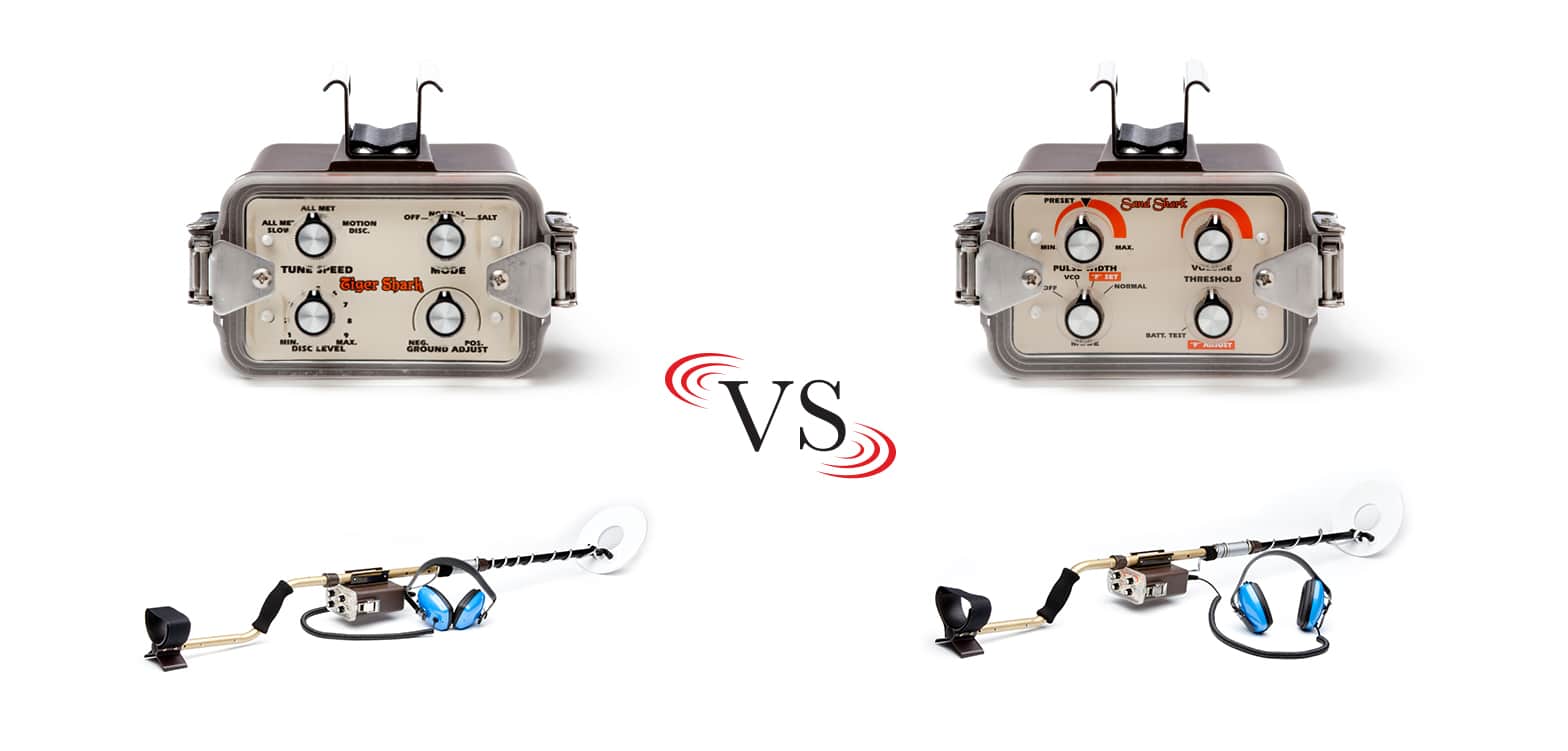
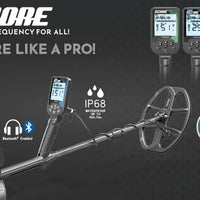
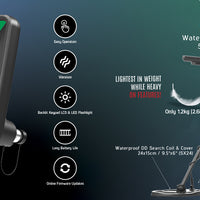

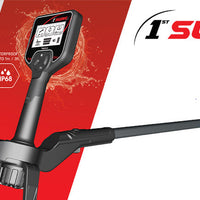

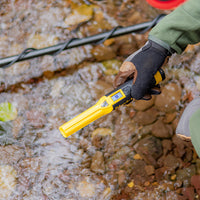
0 comments